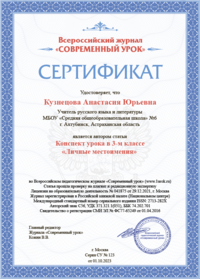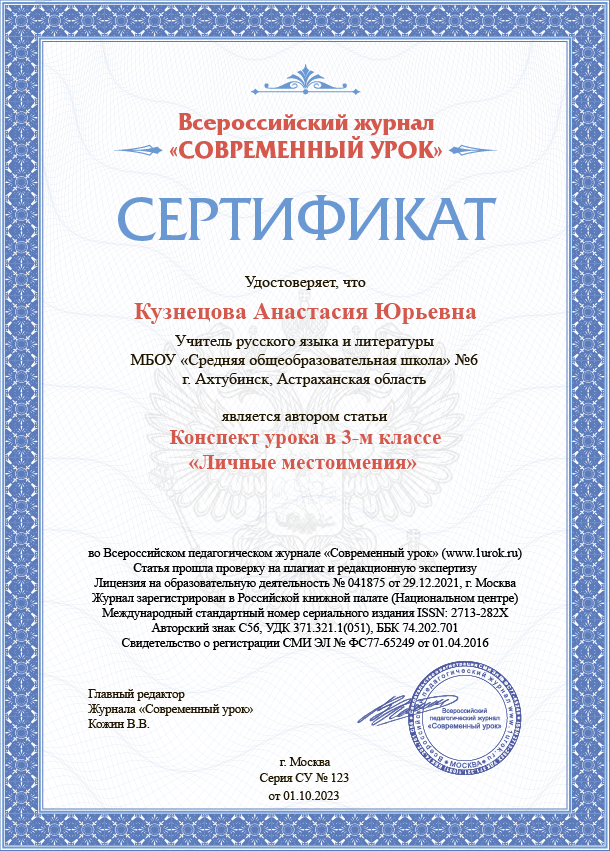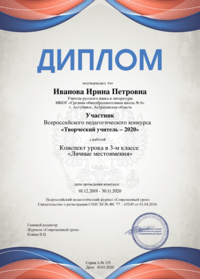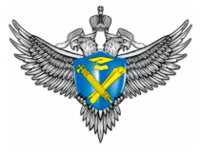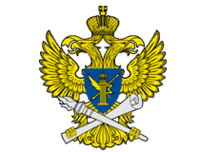Художественные стили: кубизм и сюрреализм. Их яркие зарубежные и Российские представители
Автор: Яблокова Мария Евгеньевна
Организация: МБОУ СОШ №140
Населенный пункт: г. Новосибирск
Тема урока: Стили живописи (Painting Styles)
Цели урока:
- Обучающая: расширить знания учащихся по теме «Направления в живописи»; стили и знаменитых зарубежных и русских художниках, представляющих нам данные художественные стили.
- Развивающая: развивать у учащихся способность взаимодействовать в коллективе, способность креативно мыслить и проводить исследование по теме.
- Воспитательная; приобщить учащихся к мировой и национальной культуре.
Задачи:
- Создать условия для развития функционально грамотной личности
- Совершенствование навыков говорение
- Вовлечение учащихся в творческую деятельность
- Вовлечение учащихся в исследовательскую деятельность
Продукт исследовательской деятельности: альбом с иллюстрациями художников, их биографией
Материалы: альбом, цветные карандаши и фломастеры, клей, ножницы, магнитики
Ход урока
1. Приветствие учителя. Вопросы учителя, направленные на вовлечение учащихся в урок, погружение в иноязычную языковую среду и стимулирующие речевую деятельность учащихся.
- Hello, boys and girls! Today we have another lesson on Module 3 “See It To Believe It”.
-What have we been talking about in this Module?
Ss: paintings, ghosts
- You’re right. Please open your textbooks on pages 54-55. What are we going to speak about?
Ss: Painting styles: Cubism and Surrealism
-I’ve divided you into small groups: Experts, Speakers and Album Makers. Experts will evaluate your answers and you may refer to them if you have difficulty doing the task.
Speakers are ready with their reports. They will tell us more about the painting styles we are going to talk about.
The Album Makers are going to do a big and important job. They will make the album with the most famous Artists’ biographies, illustrations.
- Now we’re going to listen to our speakers who tell us about painting styles. So, your task is to find out what Cubism bases on and Surrealism’s main features.
2. Практика восприятия иноязычной речи на слух, с целью найти запрашиваемую информацию.
(Listening to the Speakers’ reports.)
- You’ve already listened to the speakers’ reports. Look at the blackboard. These are definitions of the two styles. Read them and Say what they are.
The task on the blackboard:
… is an early-20th-century avant-garde art movement that revolutionized European painting and sculpture, it divides objects into geometrical shapes such as cubes, cylinders, triangles to make a picture. (Cubism)- Pablo Picasso, Georges Braque – (Приложение 1,2)
The pictures have many layers. They are vague and fragmented. The colors are dull and dark. The pictures are unusual.
… is a cultural movement that developed in Europe after the World War I. It shows strange images, illogical scenes and allows the unconscious mind to express itself. (Surrealism) Salvador Dali, Rene Magritte – (Приложение 3)
There is a foreground and a background in the picture. They are strange, unclear and unrealistic. The colours are bright. The pictures have deep meaning.
Two students go to the blackboard and complete the task. The Experts give their evaluation.
Task # 2. Teacher asks two more students to write on the blackboard the main representatives of Cubism and Surrealism (they find information in the texts pp.54-55)
3. Повторение активной лексики Модуля 3 связанной с темой “Изобразительное искусство” в контексте развития навыков и умений устной речи при описании картин
Teacher shows pictures and students say what styles they belong to and describe them according to the plan of previous lessons. (Приложение 4, 5)
- Have a look at the pictures and match the styles to the paintings.
- Have a look at the picture and say, what geometric shapes the artist used.
Ss: The artist used triangles, squares, rectangles, cylinders, pyramids, cubes.
Teacher: What can you say about the colours of the painting?
Ss: The colours of the painting are dark and dull. The artist used mostly grey and brown colours.
Teacher: Can you tell us what is in the foreground? In the background?
Ss: No, we can’t.
- I agree. There are many layers. The picture is vague (расплывчатая) and fragmented (разрозненная).
- What do you feel when you look at the picture?
Ss: I feel sad, depressed, confused, unhappy, etc.
Teacher: Here are some useful phrases to use while describing a picture. Try to put all the ideas together and describe this one.
Ss: The picture shows many different lines and shapes like squares and triangles that’s why the painting seems to have many layers. The artist used dull colours such as brown and grey. The painting makes me feel sad.
- Look at this picture. This painting looks different, doesn’t it? What are the first words that come to your mind when you look at it? (The teacher listens to the students and puts all their ideas on the blackboard)
Ss: Strange, curious, surprise, unreal, imagination, unusual, bright, etc.
Teacher: Use the phrases from the screen and describe the painting according to the plan (the plan is on the blackboard).
Plan of describing pictures:
This painting is called ... . It was painted by ... in ... . In the foreground there is/are ... . In the background there is/are… . The colours are ... . The painting looks ... to me.
4. Знакомство с Российскими представителями кубизма и сюрреализма. (материал готовит учитель)
Teacher: Students, what Russian Cubists and Surrealists do you know?
Ss: Malevich ‘The Black Square’
Teacher: You’re right. Kazemir Malevich and there were others- F.E: Aristarkh Lentulov and surrealist Pavel Tchelitchew.
(Teacher shares the information with the class and give the illustrations to the Album Makers) (Приложение 6-11)
5. Творческое задание с целью развить творческие способности учащихся и скомпоновать полученные знания в виде конечного продукта.
- Now, our group of Album Makers completes making the Album. Tell me, please what have you learned today. Let’s draw the conclusion.
Teacher listens to the students’ answers
5. Подведение итогов урока. Домашнее задание.

 БЕСПЛАТНЫЕ семинары
БЕСПЛАТНЫЕ семинары